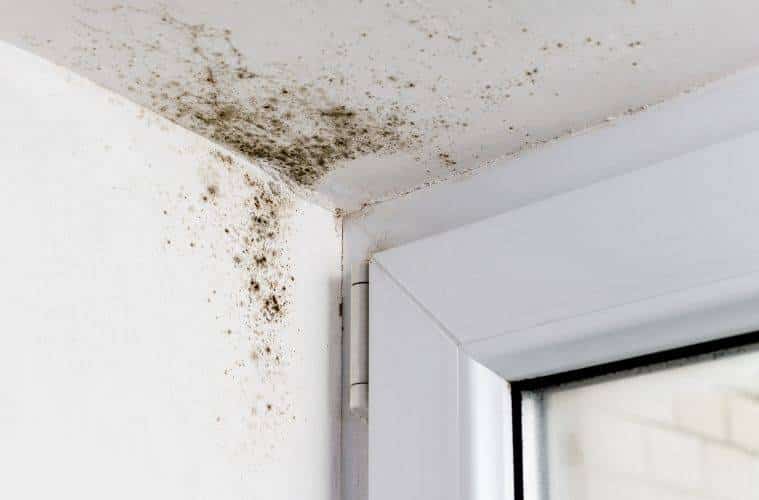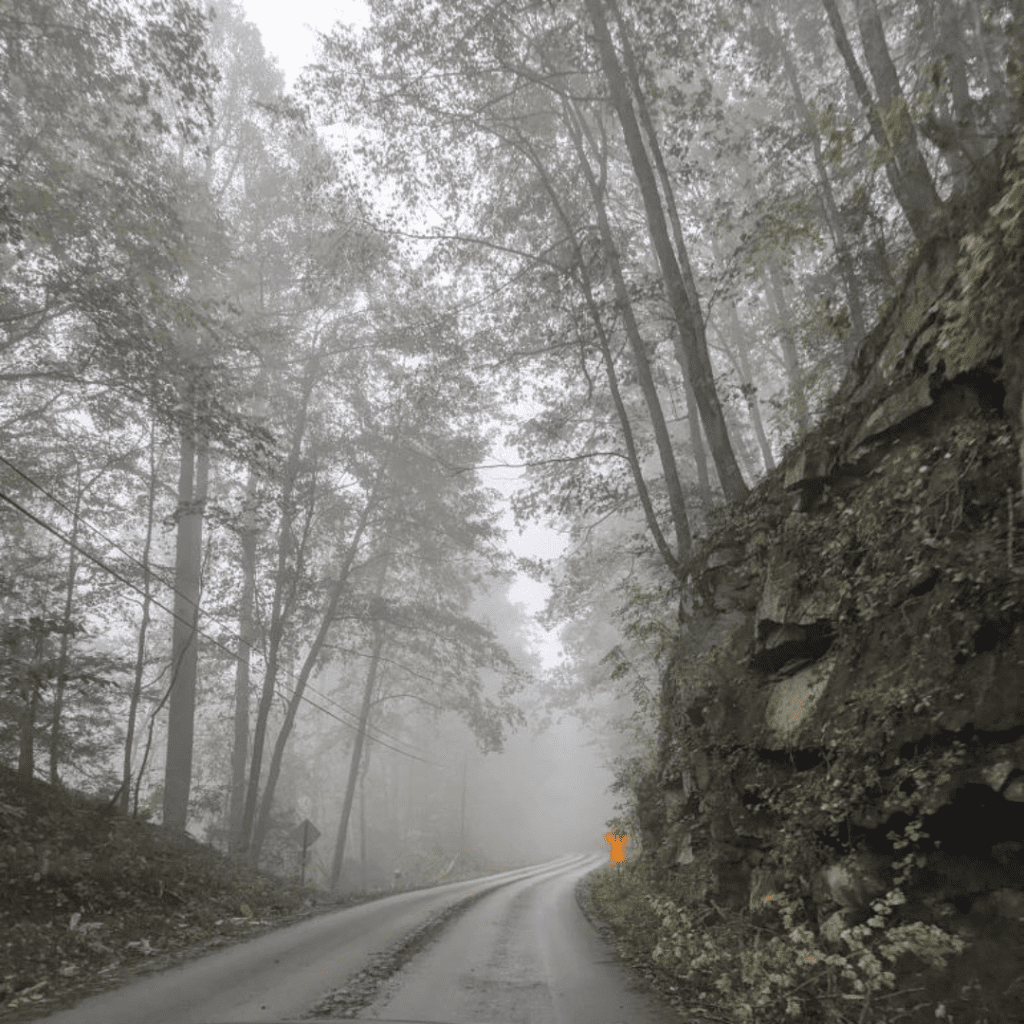Between the warm temperatures, hurricane season, and proximity to the coast, your house is especially at risk for mildew. Explore how to check for mold in your home to help you identify it.
What Is Mold?
Mold isn’t a plant or animal; it is a fungus, like mushrooms and yeast. Mold is a microscopic organism that has enzymes and spores. The enzymes are responsible for digesting and decomposing, while the spores cause reproduction.
In the natural world, it is what causes the decomposition of dead animals and plants. They are decay orgasms that consume the organic material around them. However, they become a problem when they consume things we don’t want them to, like our homes.
How To Identify It
Mold grows from spores in the air that land on damp areas in a warm climate. From there, they will first appear as tiny black spots, but they can grow into massive colonies. It will eat away at what it grows on, causing a distinctive rotting smell.
It also will weaken the integrity of the structure, so if you think you have mold behind your drywall, you can use a screwdriver to check. Simple push the screwdriver into the wall. When it effortlessly slides through the wall, that means you have a problem.
Try to dab some bleach on it f you can’t distinguish surface mold from dirt. If it turns white after a few minutes, then it is mold. If it stays black, then it is dirt.
Where Does Mold Build Up?
Here are a few common places in your home where mold builds up:
- Behind your refrigerator
- Below sinks
- Underneath a flooded bathroom floor
- Behind your drywall
- Near leaking plumbing
- In the cracks of the shower tile
- Air ducts that are uninsulated or missing a vapor barrier
- By unsealed windows
Did It Spread?
Since the spores can travel in the air, you’ll need to ensure that the mold hasn’t spread through the house. So check your air vents and surrounding rooms to see if they also have mold. Once you’ve identified every affected area, you can begin your cleanup process. And, when cleaning up, make sure to seal off the vents because the cleaning process will kick up a lot of spores.
Hopefully, you now know how to check for mold in your home, so you can identify the problem early and can take action to remove it.






















